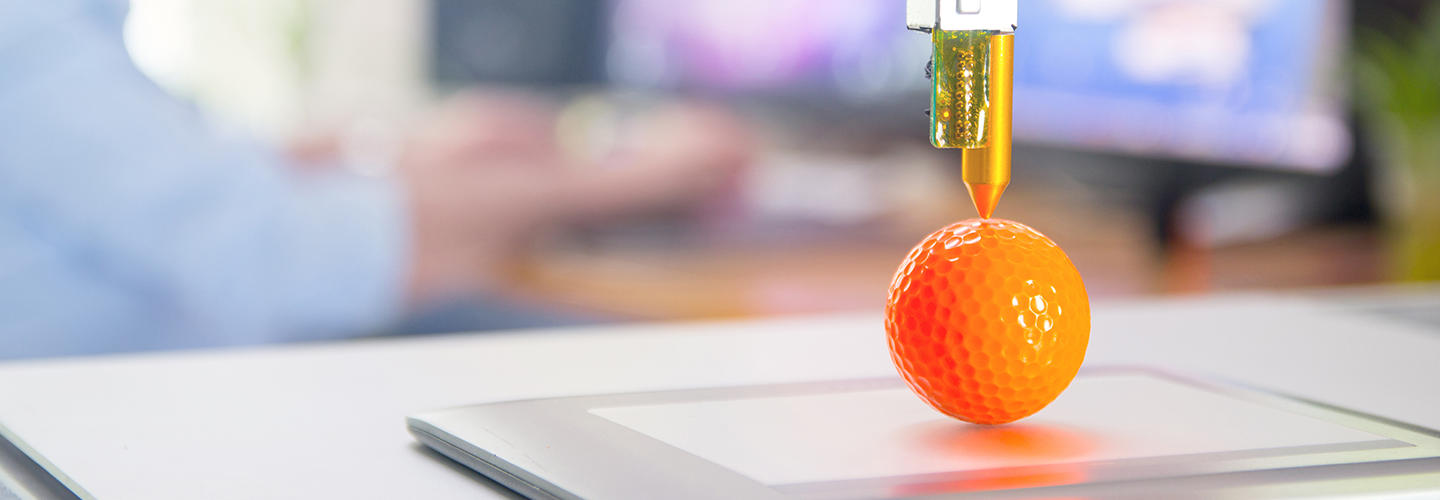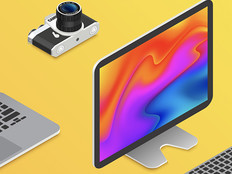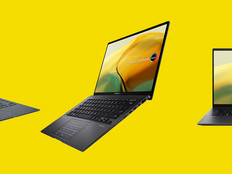7 Ways 3D Printing Beats 2D Printing
Ten years ago, few desktop computers lived far from a 2D printer. Even in today’s increasingly paperless world, it’s hard to find an office or home office without a copy machine nearby.
In recent years, high-quality all-in-one machines (which include scanning, fax, copy and 2D printing capabilities) offer even greater convenience and utility — and at prices that are often less than $100.
But these features and price points didn’t develop overnight. It took nearly 30 years for what has become known as desktop publishing via 2D printers to mature to its current state. So will 3D printing follow a similar path?
3D printing adoption differs from 2D printing in a number of important ways. The good news is, businesses clamoring to tap 3D printing won’t need to wait decades for the discipline to develop. 3D printing, or additive manufacturing — a process that turns blueprints into real products — dates back 32 years.
When it comes to predictions about the future of 3D printing, what we really need to talk about is what is happening, and how it will change. While 2D and 3D printing adoption may look similar on the surface, the influence of technology sets 3D printing apart in the following significant ways:
1. The Internet
Simply put, when 2D printing evolved, the Internet didn’t exist. And because there was no Internet, there were no Internet marketplaces. Today, with 3D printing, a business can buy printers, designs or printing time on someone else’s machine easily and rather cost-efficiently via the Internet.
The percentage by which additive manufacturing production speeds are expected to increase by 2019
SOURCE: Siemens, 3D Printing: Facts & Forecasts, Oct. 1, 2014
2. Service Bureaus
These third-party 3D printing services will print objects for customers. Many service bureaus also offer design and materials consulting. Today, anyone with a 3D printing project can walk into a printing shop — or even some UPS, Staples or Home Depot stores — and print a design. Alternatively, anyone could take that same project online for someone to print for them after uploading a CAD drawing.
3. Easier Designs
As the 3D printing industry matures, so does the ease of technology use. Once the domain of trained engineers, many apps today will create a CAD design for anyone, with almost no effort. Many of us are already walking around with smartphones carrying the scanning technology capable of rendering high-quality 3D printing CAD drawings.
4. Entry Costs
A 3D printer can cost millions of dollars — such as a machine that can print airplane wings, for instance — to less than $100 for basically a modified glue gun. But at the $100 price point, this technology enables virtually limitless amounts of experimentation. The days of low-cost 3D printers being the coolest Christmas present lie just around the corner.
5. Medical Use
No technology has the potential to save and improve as many lives as 3D printing. With human tissue engineering, we can print body parts that can make the difference between life and death — or the difference between life without an arm and life with one. This phenomenon alone should force businesses to bet on the technology.
Overall, these areas represent just a few of the key differences beneath the rapid adoption of 3D printing — much faster than 2D printing, and much more meaningful.
6. Borderless Access
Instead of shipping an item in a box, businesses can send a CAD drawing and print at the user location. That means if someone in Ukraine needs a tractor part, they could get the blueprint of that part online. It would make no difference that someone from Brooklyn uploaded the design. This reinforces the rapid adoption of this technology globally.
7. Big Data
Since a great deal of 3D printing transactions will take place online, a vast of amount of data will follow. Big Data firms tracking 3D drawing creation, products and services could package and sell this data to manufacturers and printing companies. Compare this amount of data to taking a photo and copying it on a Xerox machine, and it’s easy to see why Big Data firms show interest in furthering this industry.








